With the passage of the Future Energy Jobs Act (FEJA) two years ago in Illinois, a new era for solar in the state was ushered in, turning its previously dysfunctional renewable portfolio standard into a real engine for growth for wind and solar.
This week, we are seeing that even with the significant ambitions of FEJA, there are far more proposals by developers than program designers planned for. After being open for two weeks, the window for distributed generation and community solar projects to access a block grant funding program closed last night, and as the dust settles the numbers are staggering.
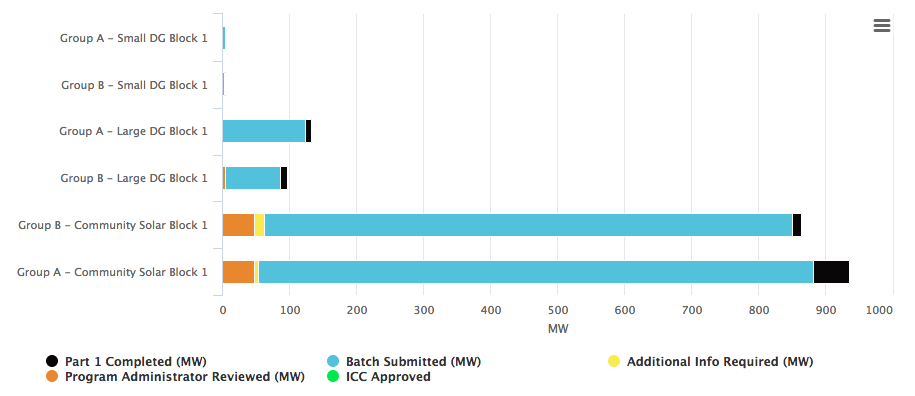
Developers have put in applications for 1.8 GW of community solar projects in two separate regions, with 864 MW in the region of ComEd and the rural electric cooperatives and municipal utilities located in the PJM Interconnection grid, most of which is in the Chicago metro area, and 936 MW in the rest of the state.
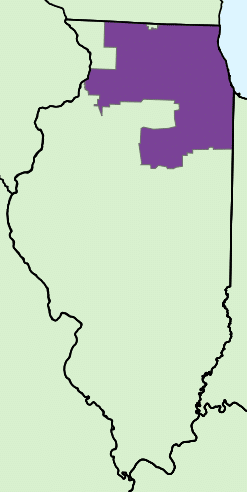 The sum of applications for block grants for both small and large DG projects was vastly smaller.
The sum of applications for block grants for both small and large DG projects was vastly smaller.
However, while the state has opened up these programs to applications, it is not clear how much capacity is eligible for block grants. While we found no explicit numbers on the IPA site, every source who pv magazine has spoken with pointed to the state’s Long-Term Renewable Resource Procurement Plan, published last August. This document suggests that the block grants for community solar in these service areas would total only 164.5 MW; or with the volumes submitted the program could be roughly 10x over-subscribed.
“Nobody expected this huge flood of applications,” explained Mark Burger, a community solar consultant, and former head of the Illinois Solar Energy Industries Association*. “Nobody knows how exactly this is going to play out.”
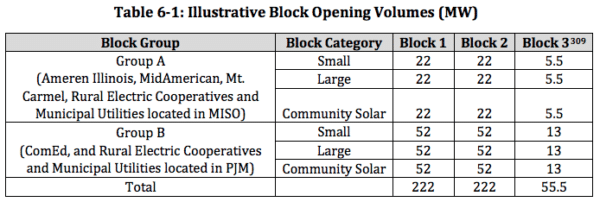
It is clear that not all of these applications will make it through, as 20 MW of projects lack all the necessary information. And the Illinois Power Agency (IPA) has a lot of work ahead of it, given that the program administrator has only reviewed 95.5 MW of projects to date, or around 5% of the total.
Mark Burger says that there will now be a rigorous sorting process, and once this is over eligible community solar projects will go to a lottery that will decide which will receive block grants in the current program rounds. He also notes that those projects which have a higher portion of smaller subscribers will have an advantage.
But for those that don’t make it, all hope is not lost, as IPA’s program design explicitly allows for the volume of grants to be expanded. According to the Long-Term Renewable Resource Procurement Plan:
The initial goal for the Adjustable Block program is to have 1,000,000 RECs delivered annually by the end of the 2020-2021 delivery year (i.e., May 31, 2021). See Chapter 3 for more discussion of goals. Using a capacity factor of 17% (see Section 6.14.5), this would result in approximately 666 MW of new photovoltaic generation. This goal is not a cap; if demand for new projects is strong enough, and funding available, there is no barrier (other than the monetary RPS budget discussed in Section 3.17) to going beyond that level.
Burger says that given the current more pro-renewable political climate in Illinois following last fall’s elections, he expects to see an expansion of the capacity of these programs. “I would suspect there will be another go-around later this year,” explains Burger.
Update: This article was updated at 11:35 AM EST on February 14 to include commentary from Mark Burger, who is a former writer for pv magazine USA.
This content is protected by copyright and may not be reused. If you want to cooperate with us and would like to reuse some of our content, please contact: editors@pv-magazine.com.
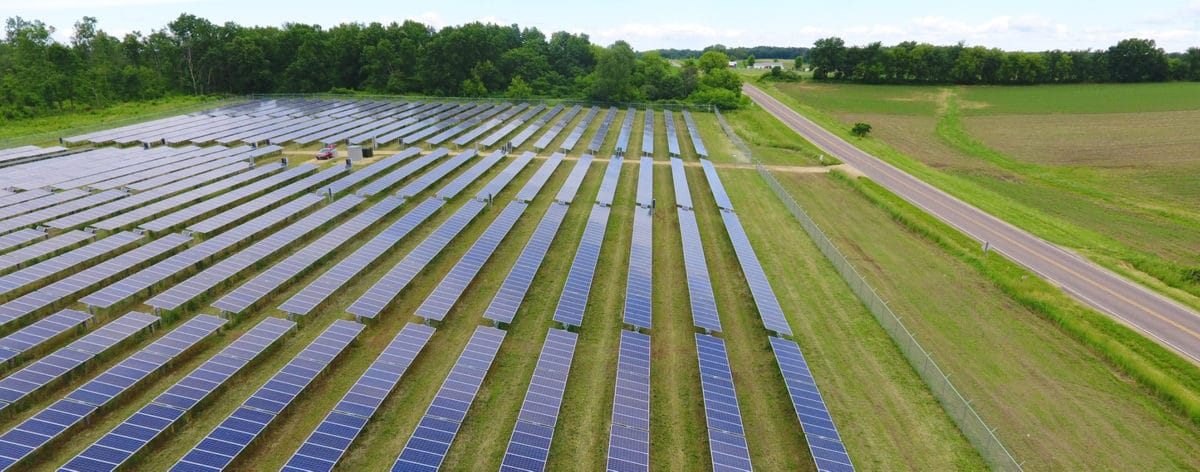
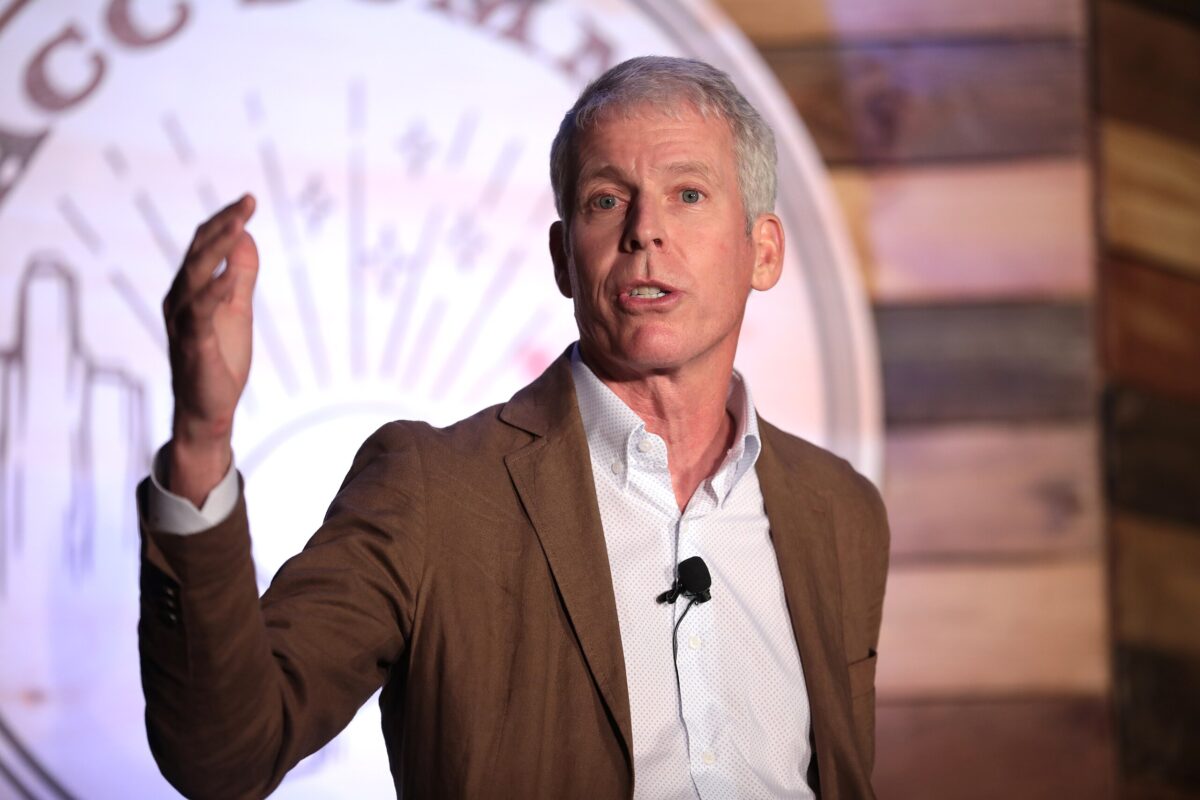




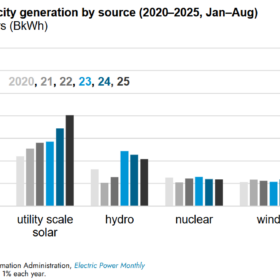
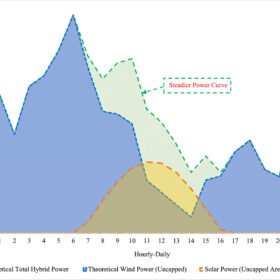
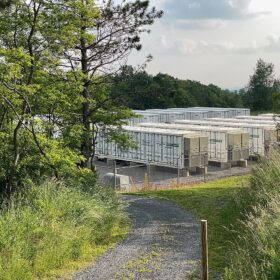
Our Illinois Solar Renewable Energy Credit program has been distorted by outsiders consisting of greedy energy brokers seeking the easy big money. Money always brings out greed and corruption of a perfectly good program (which it is still good as far as I know for smaller residential sized systems).
What we needed to do was to drastically reduce / slow down the outside-of-Illinois origin developers for the first few years and let this thing grow some legs first. As it is right now, these outsiders have ruined the Community Solar model part of the ABP program, which might have worked well.
It will now devolve into a big big fight with high powered lawyers, and much court time, and a lot of lawsuits against the State’s IPA. Just watch. I’ll be right on this. There’s too much money to be made, too many promised leases, and much corporate anger to be dealt with now.
Youth and Adult Center is seeking 75k for solar pv.
YAC has focused on the area of Solar Pv for its alternative energy program
Keep up with localized residential solar with rebates for homeowners and residential rebates the best way to go. Keep big companies out!
Thanks Gloria